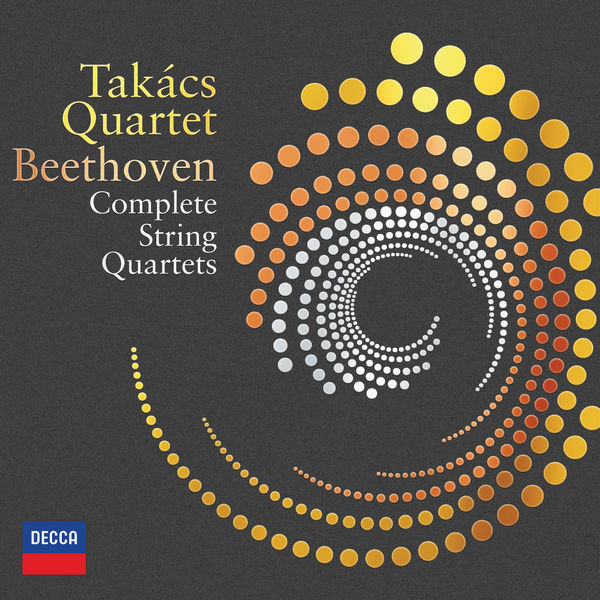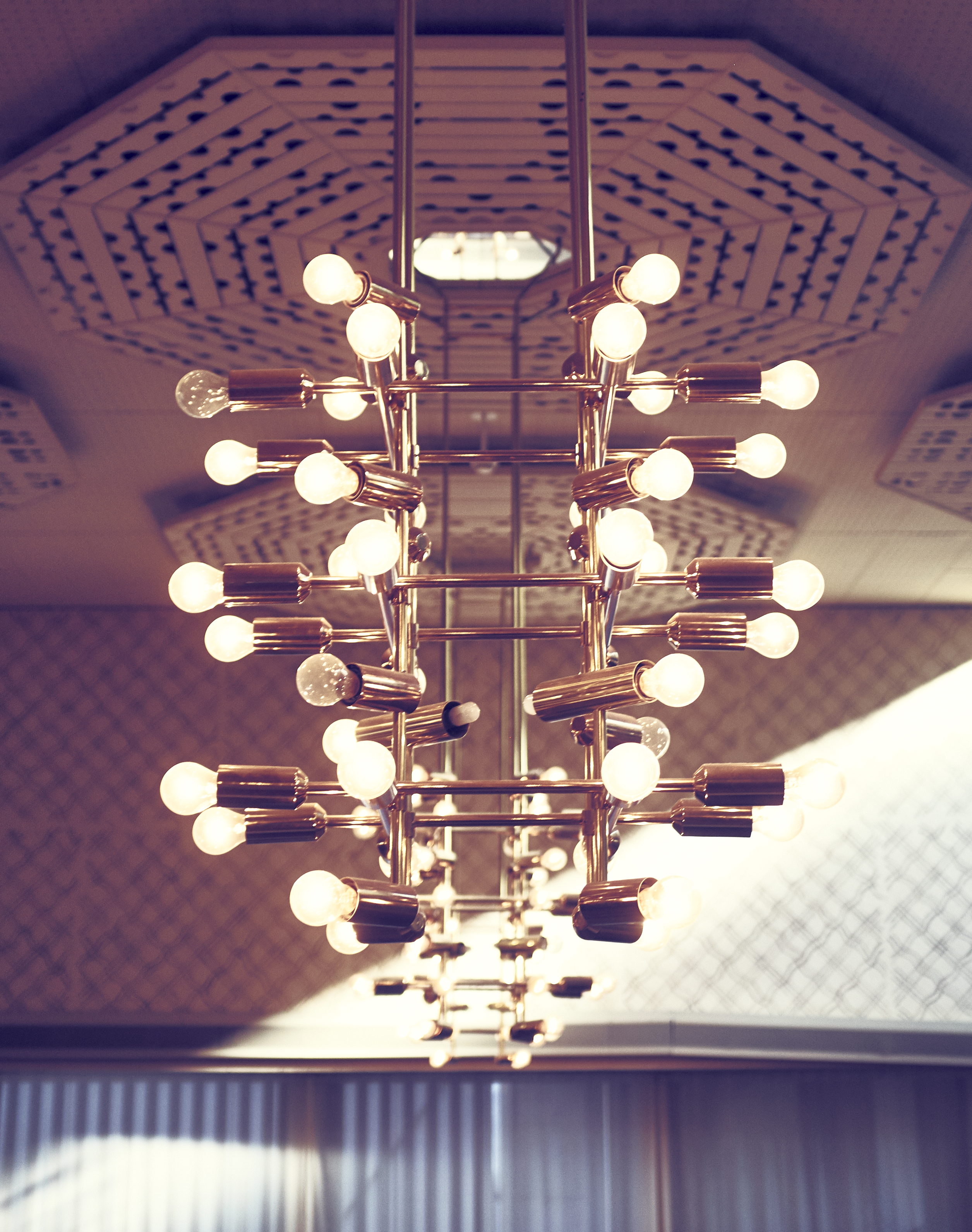Mozart’s string quartets
I must admit that for years I somewhat ignored Mozart’s chamber music, or actually quite a bit of Mozart’s other works as well (more to come in future posts). Mozart really was for me my god in terms of operatic works, the entire DaPonte suite will always be my favourite operas ever, and I increasingly discover other masterpieces like Idomeneo or La Clemenza di Tito. On string quartets, I simply thought that nothing can beat Beethoven and Haydn, that I’d been listening to for years. I was wrong, obviously.
A young French string quartet, the Quatuor Van Kuijk, named after first violin Nicolas Van Kuijk, joined by Sylvain Favre-Bulle, Emmanuel François and Anthony Kondo, convinced me otherwise. It is actually several Chocs by French Classica magazine that flagged them to me.
A particular new favourite turned out to Mozart’s latest quartet, KV465, also known as “Dissonance“.
Mozart: String Quartets No. 16 & 19 – Quatuor van Kuijk (Alpha 2016)

But let’s start with KV428, another gem of a string quartet, very clearly inspired by (and even dedicated to) Joseph Haydn’s quartets op. 33, there is so much to discover. It is clearly showing Mozart’s total mastery of making melodies sing. But there’s so much more to it, with a lot of underlying complexity of the different voices interacting like a true dialogue. Some smarter people than me even said it reminds them of Brahms, meaning that Mozart here was potentially 100 years ahead of his time.
You get a Divertimento (KV136) as a nice filler, truly enjoyable in the very meaning of the word (divertire meaning “to amuse”).
The real highlight of this album is KV465, a nearly 30 min long masterpiece, that starts with the dissonances that must have totally shocked the audience at the time, and still puzzles today’s audiences when you hear it for the first time. The “seeking” nearly 2 minutes long intro resolves into one of Mozart’s true masterpieces. This was composed alongside some of my all time favourites of Mozart, like his piano concertos KV466 and 467 (nos. 20 & 21 respectively), and you can hear the same mastery of both melody and structure here.
Not sure why I ignored these pieces for so long, I really recommend you check them out.
Watch this space, I’ll be shortly writing about another outstanding recording of KV465.
My rating: 5 stars
You can find it here (Qobuz)






